PlayGround's Venus in Furs reimagines Sacher-Mosoch's novella
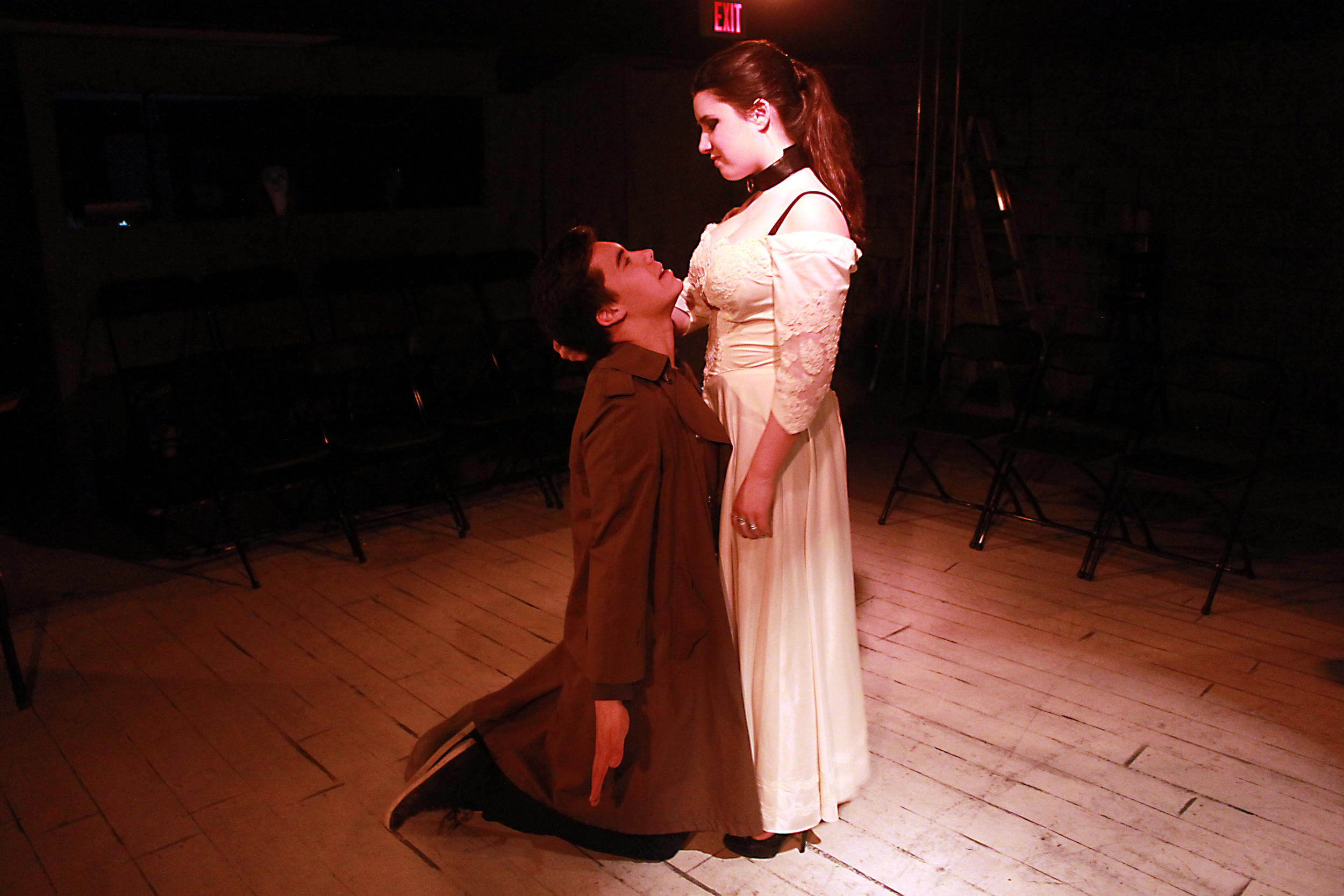
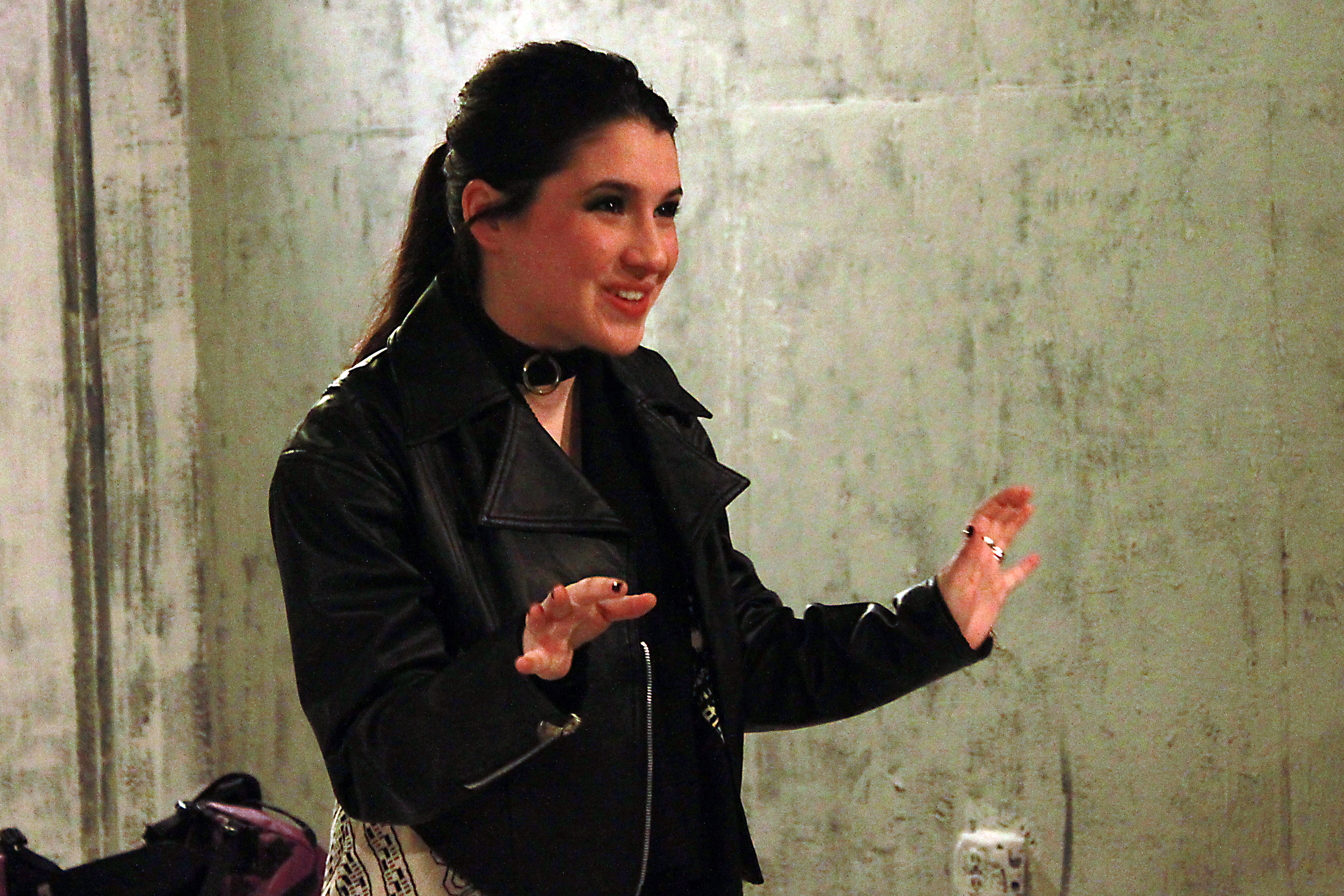

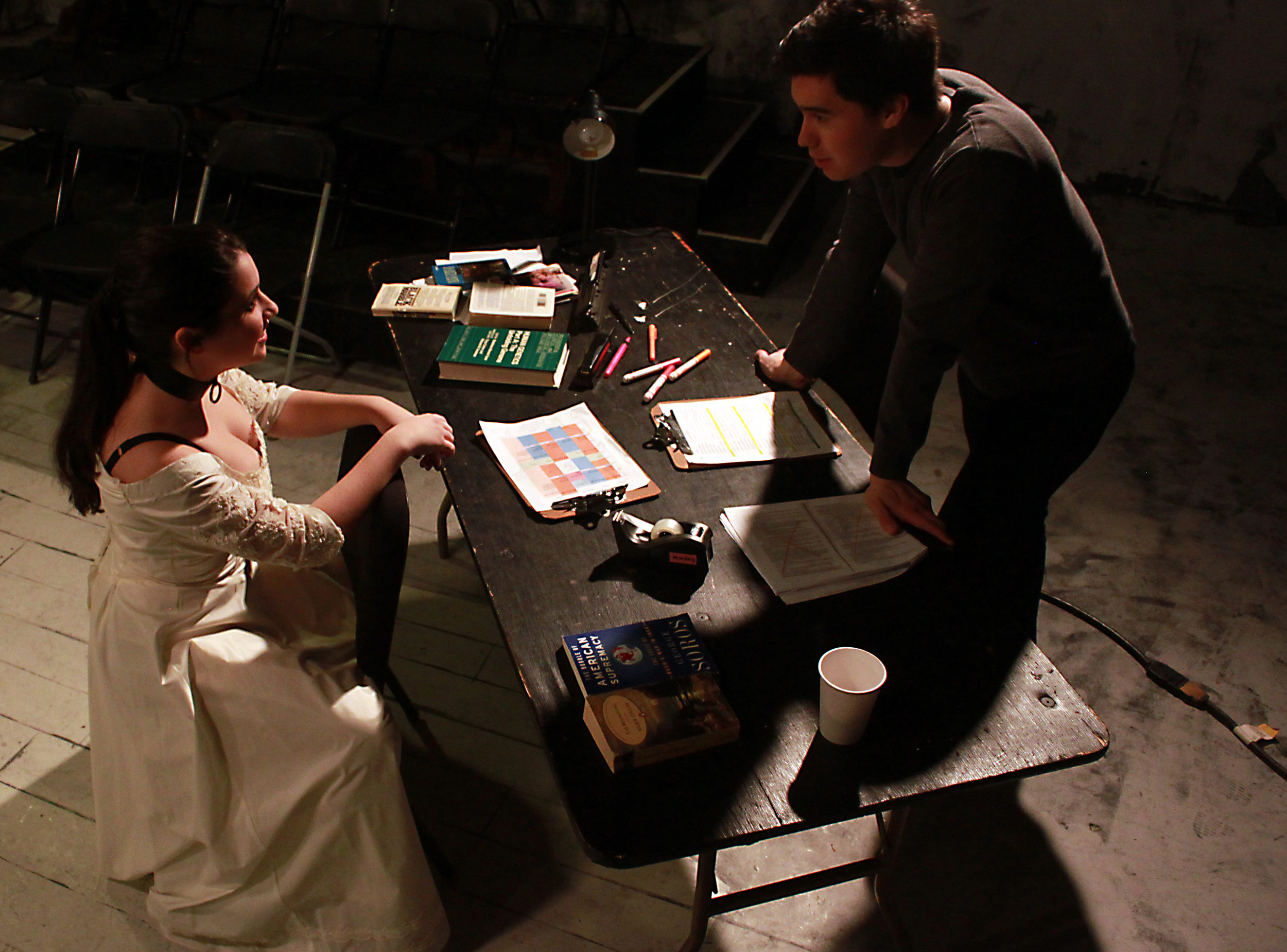
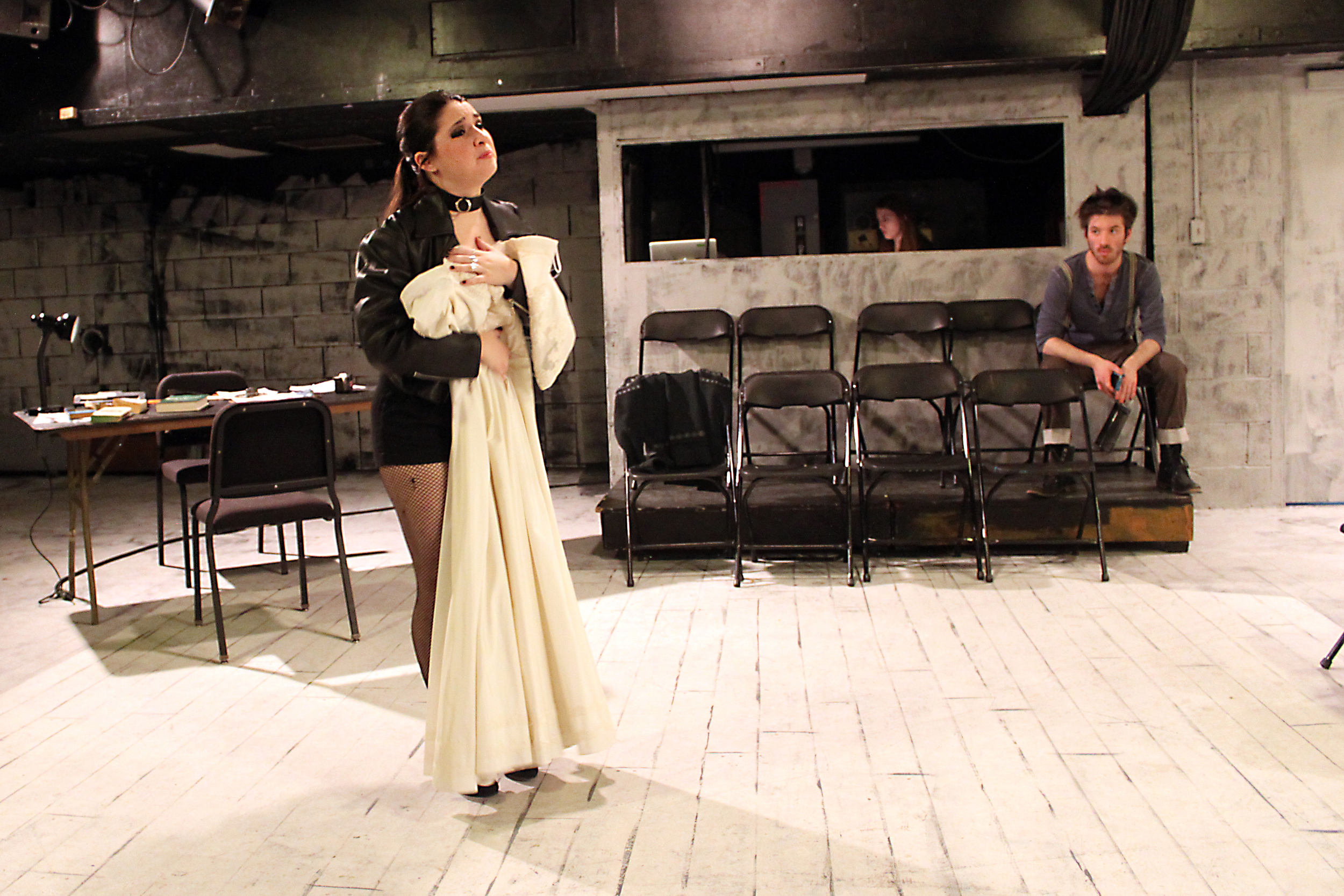

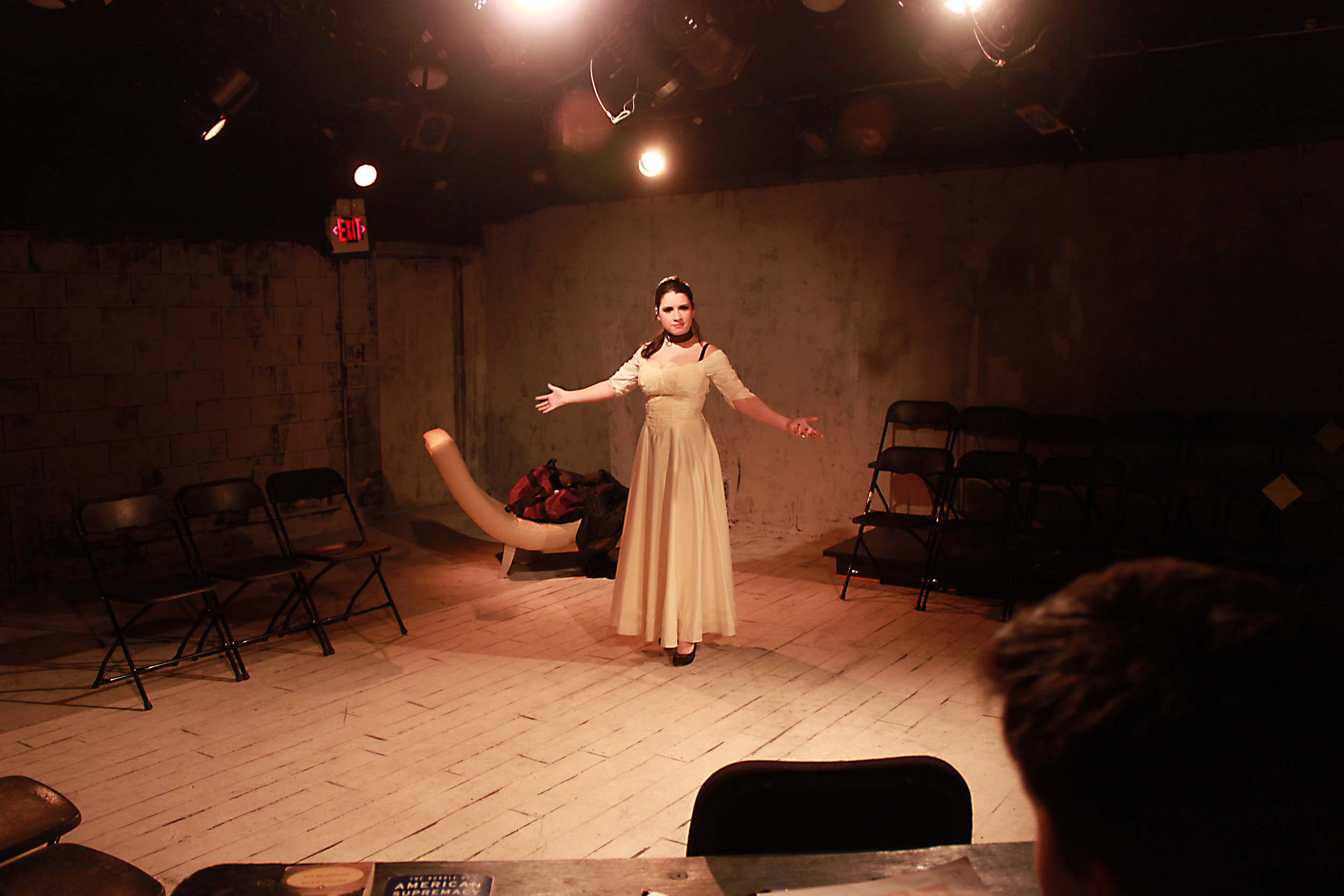
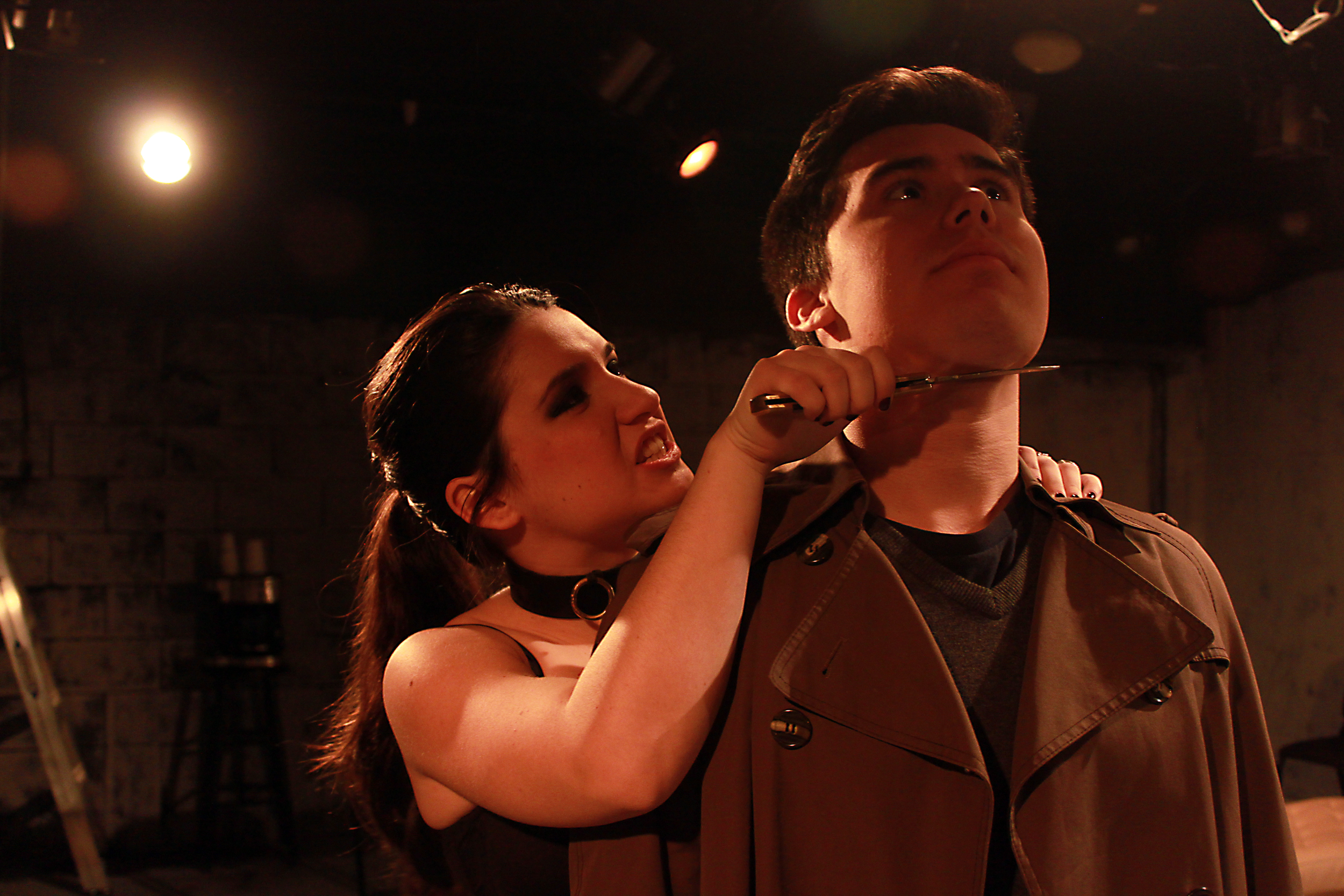
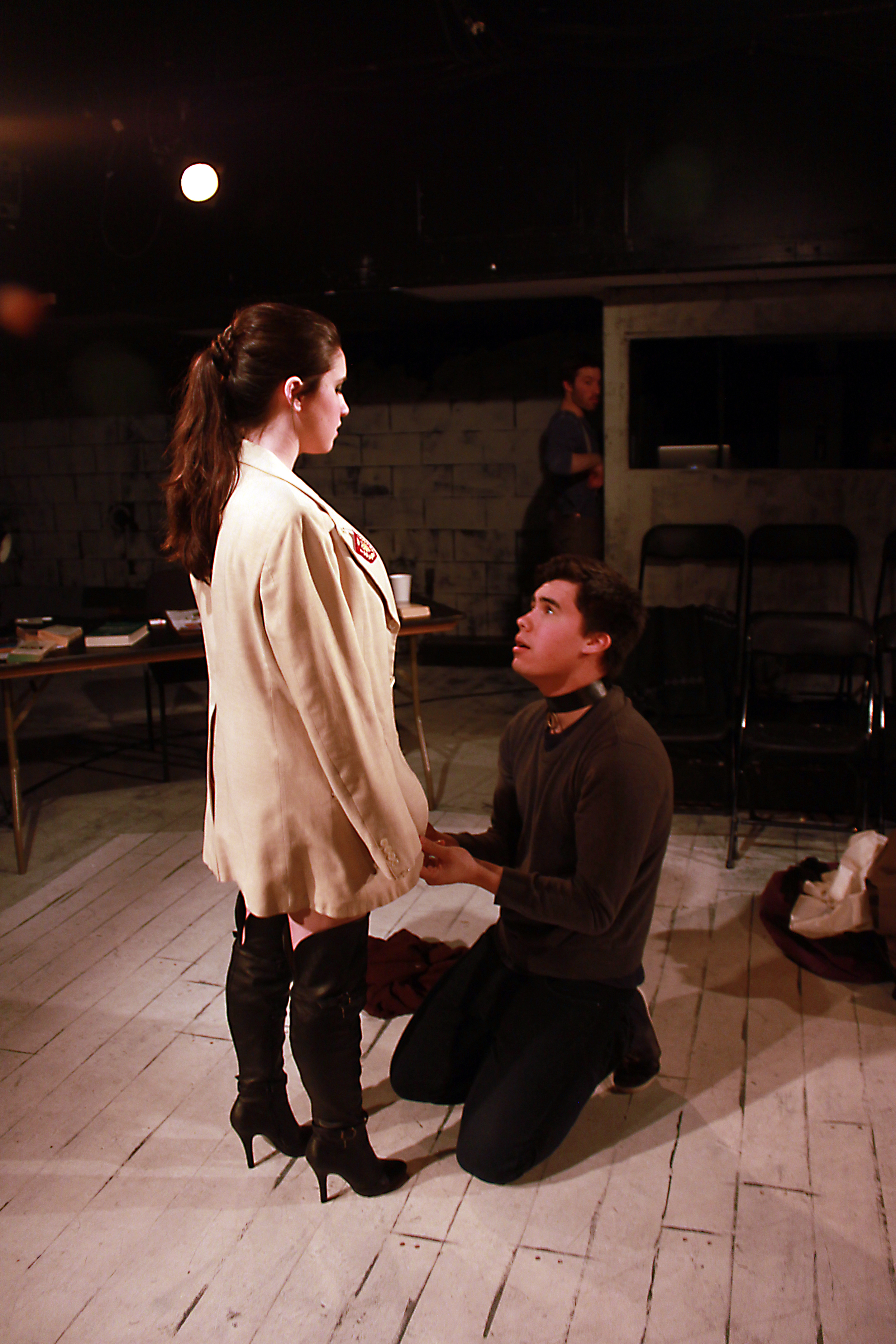
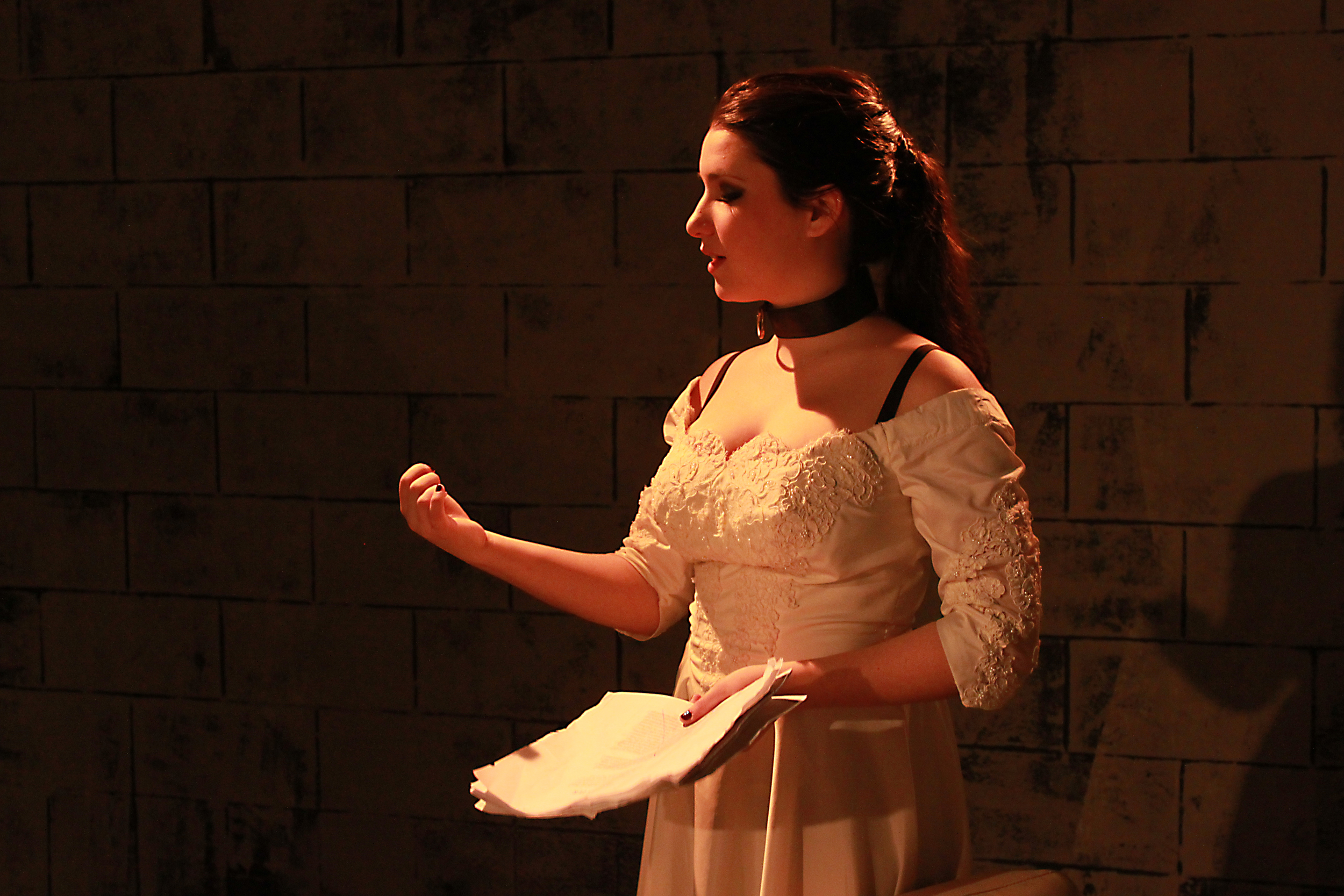
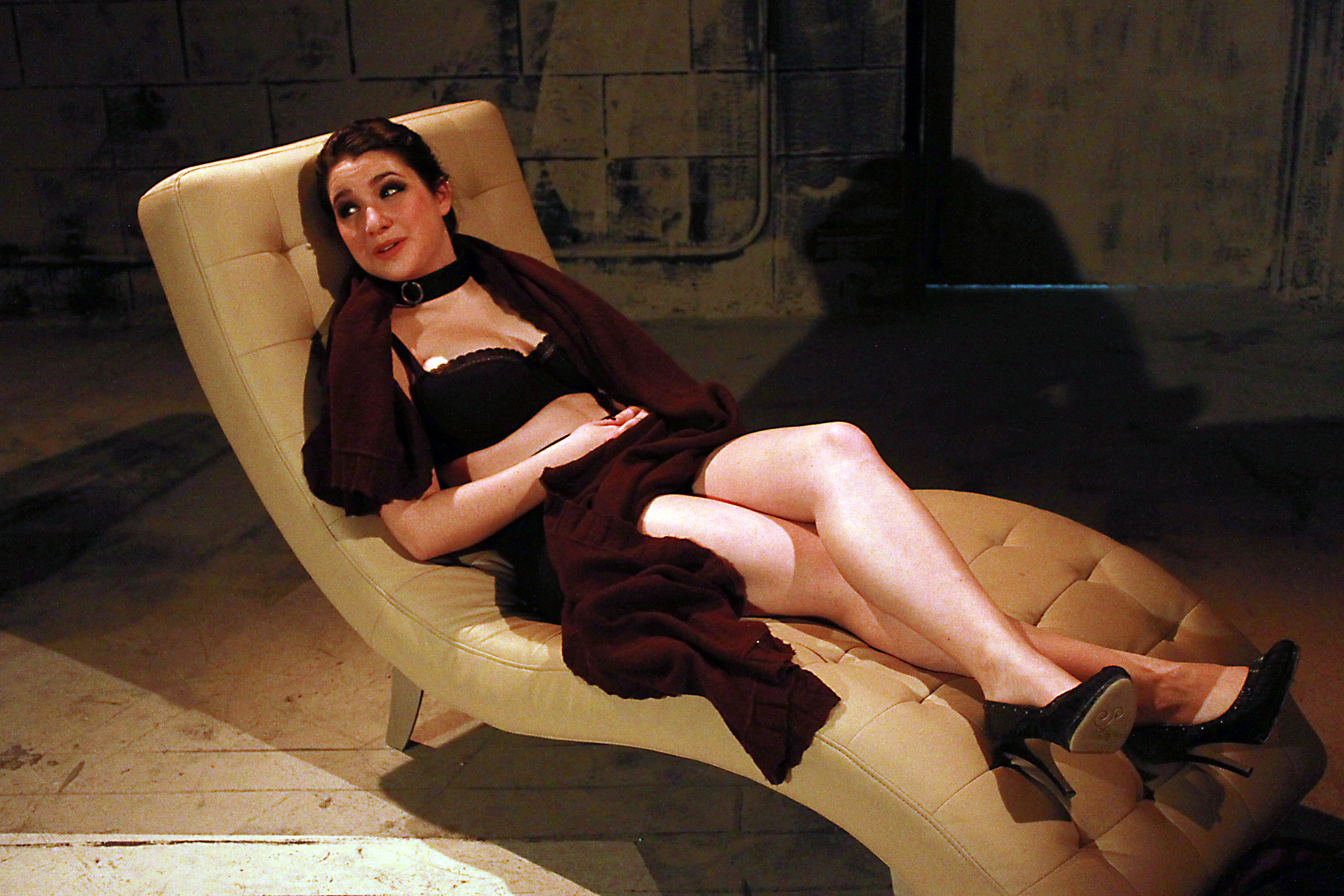
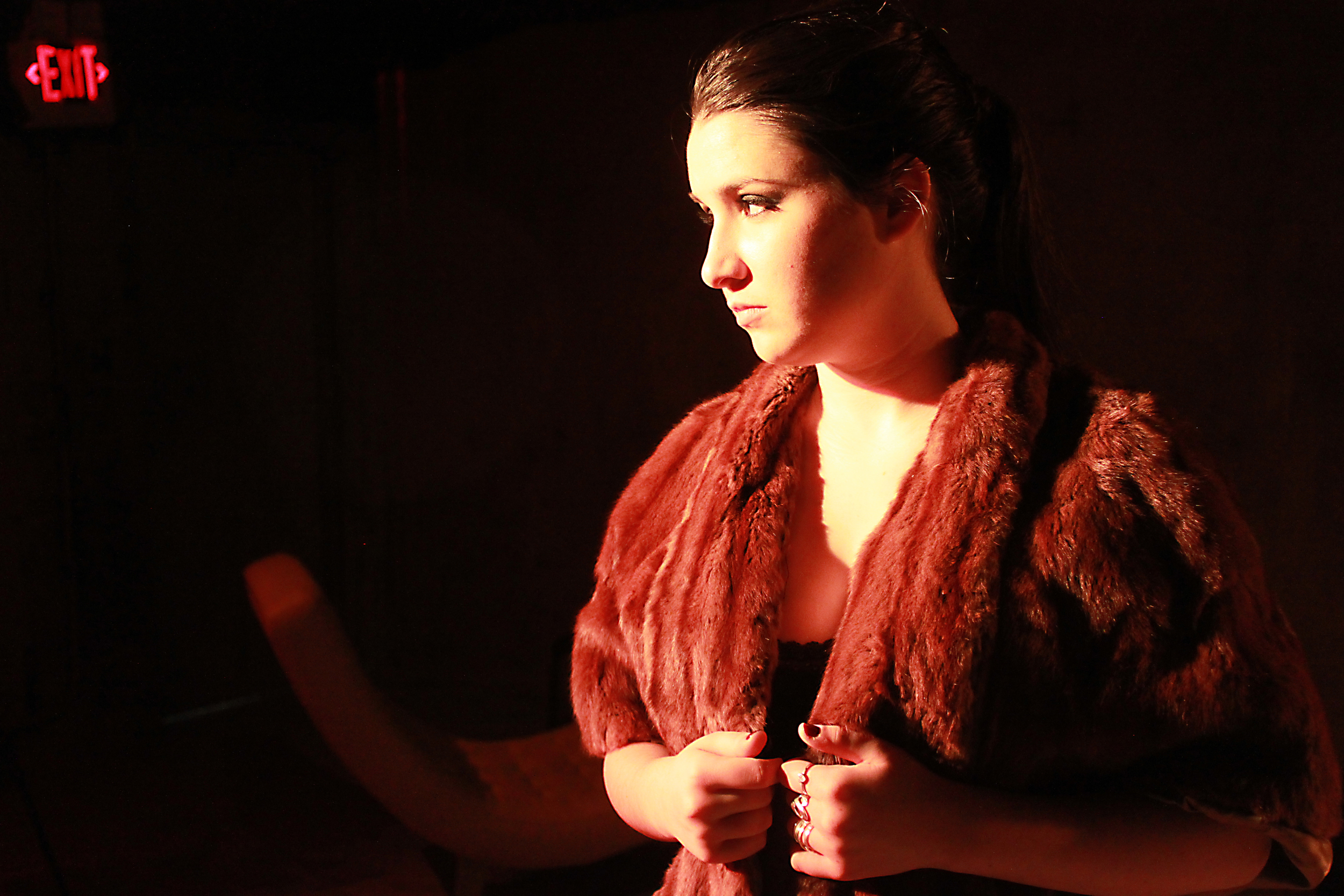
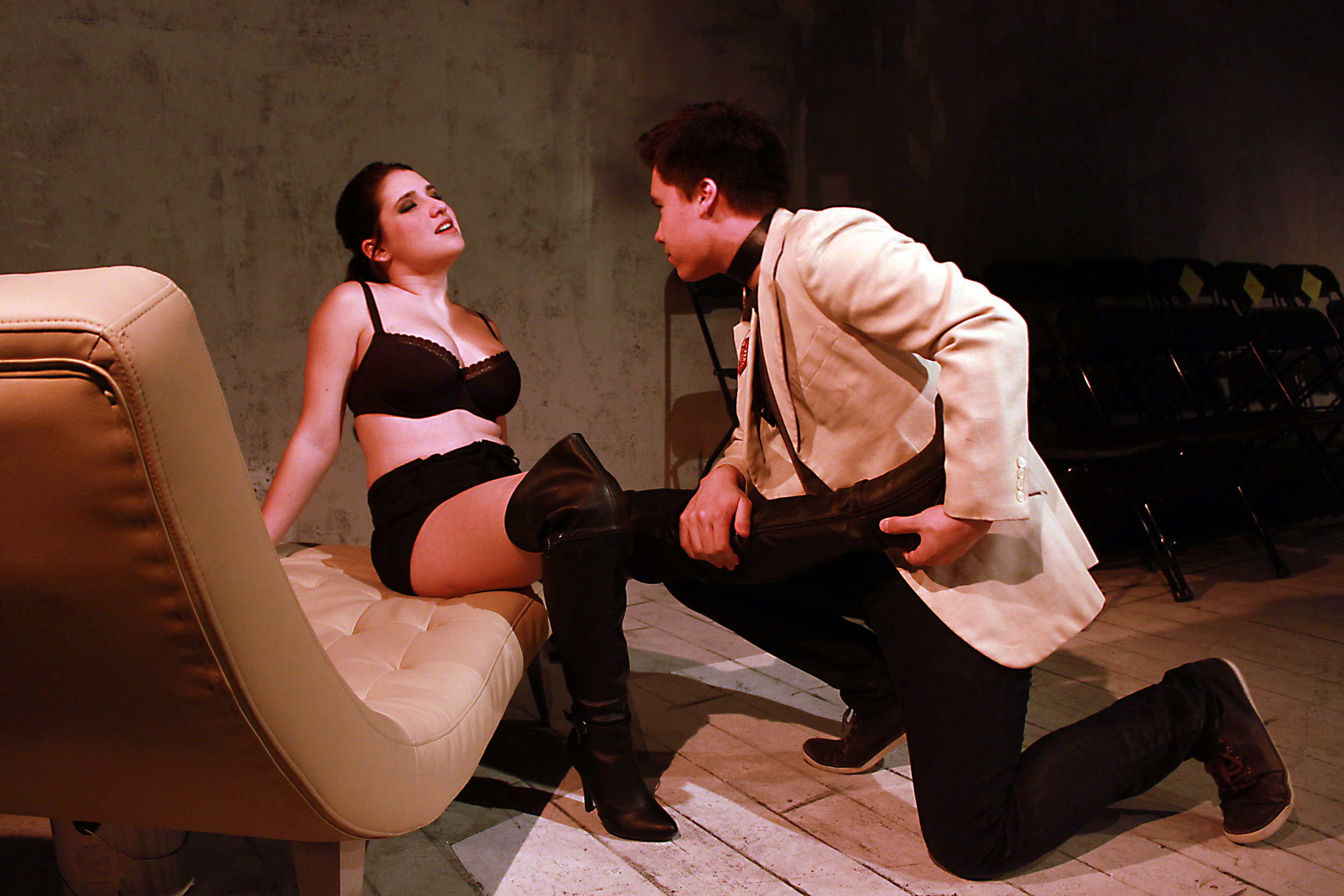
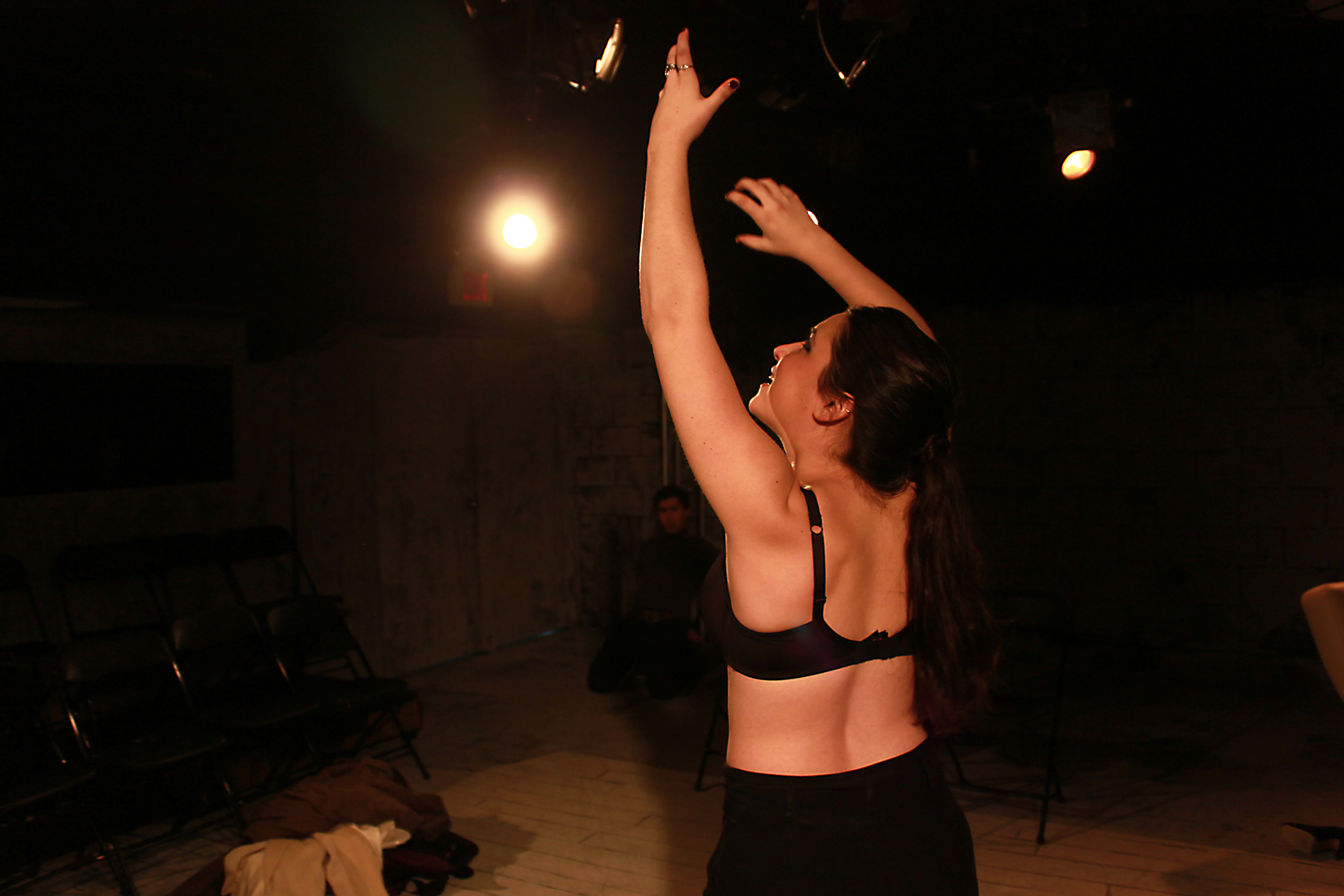
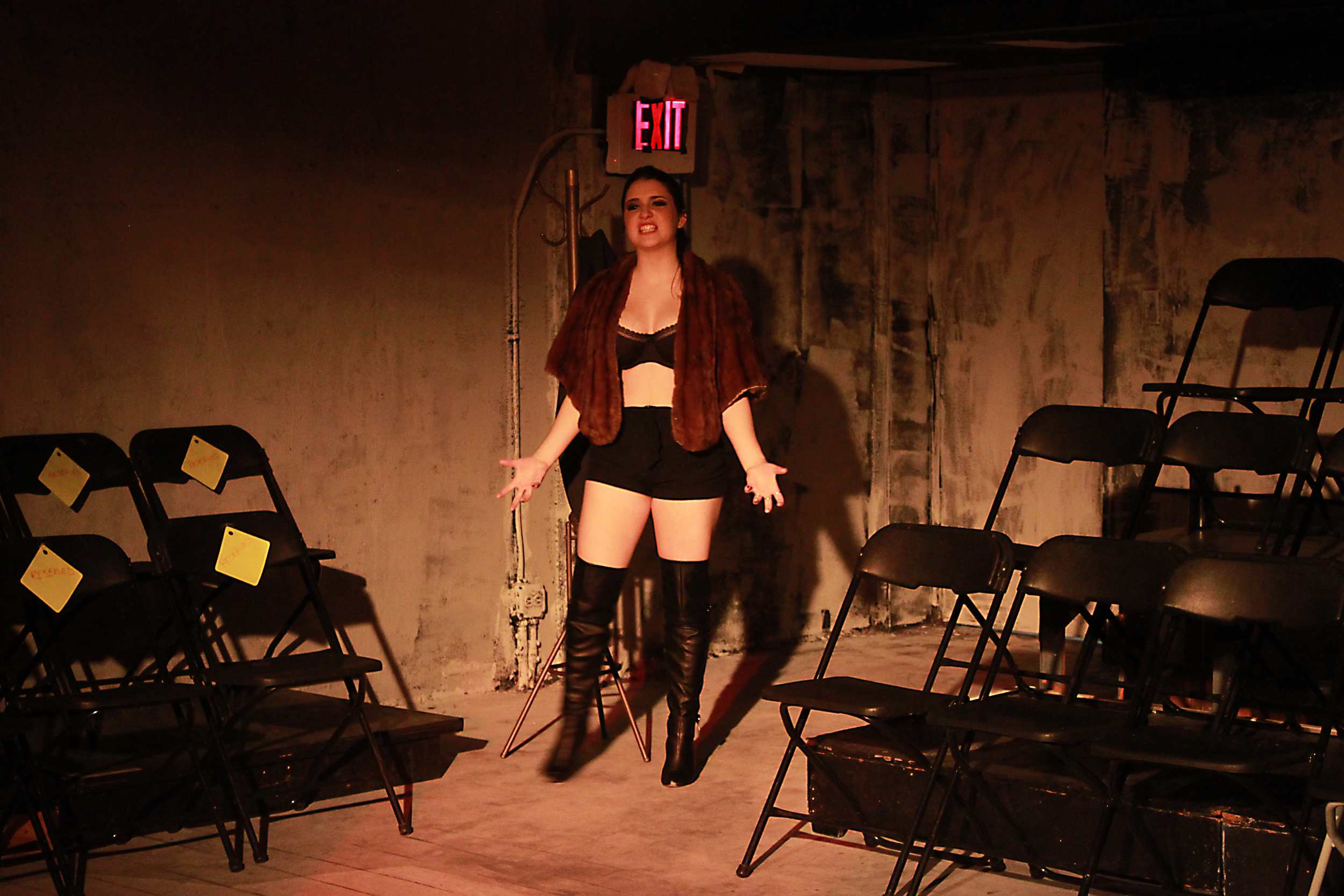
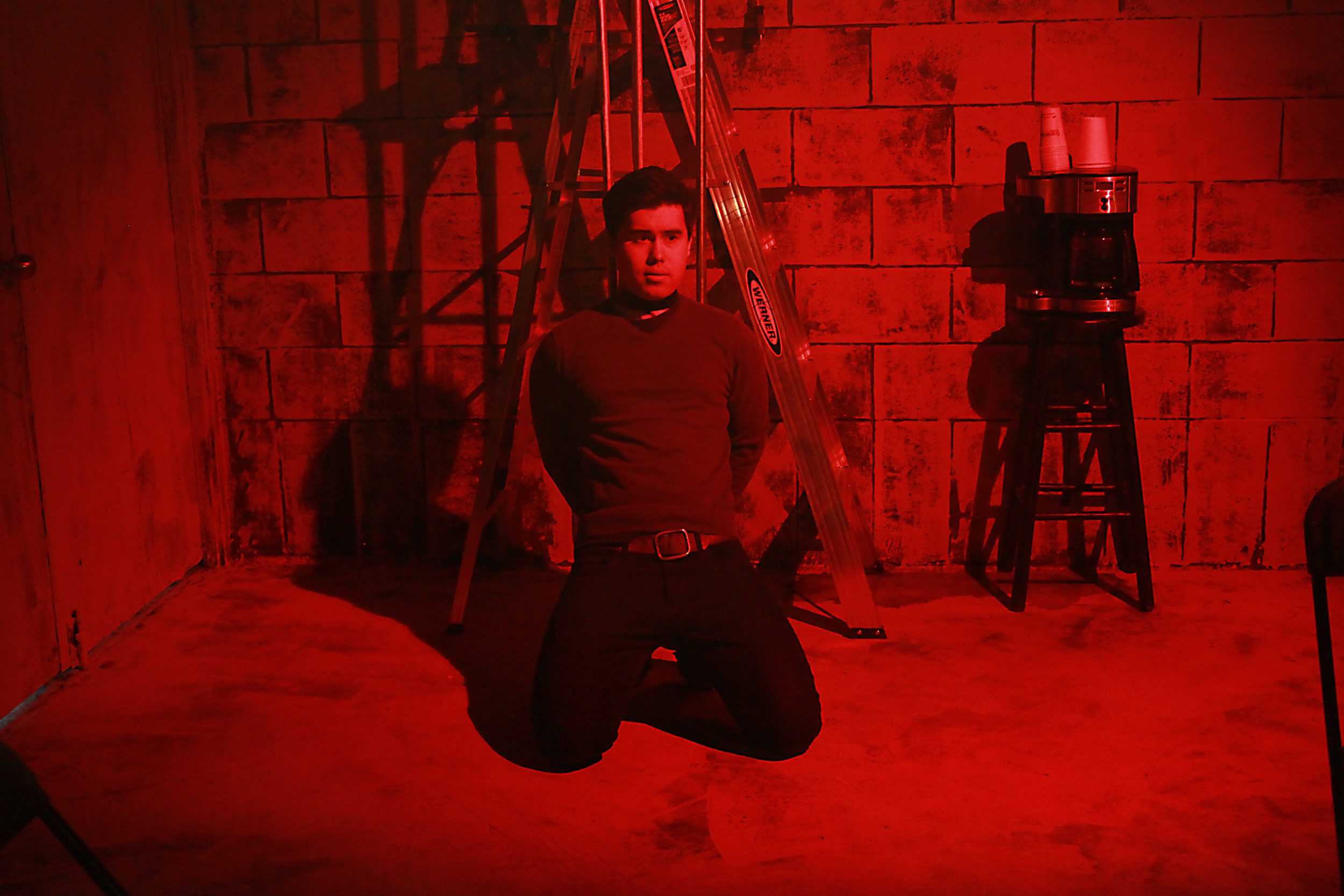
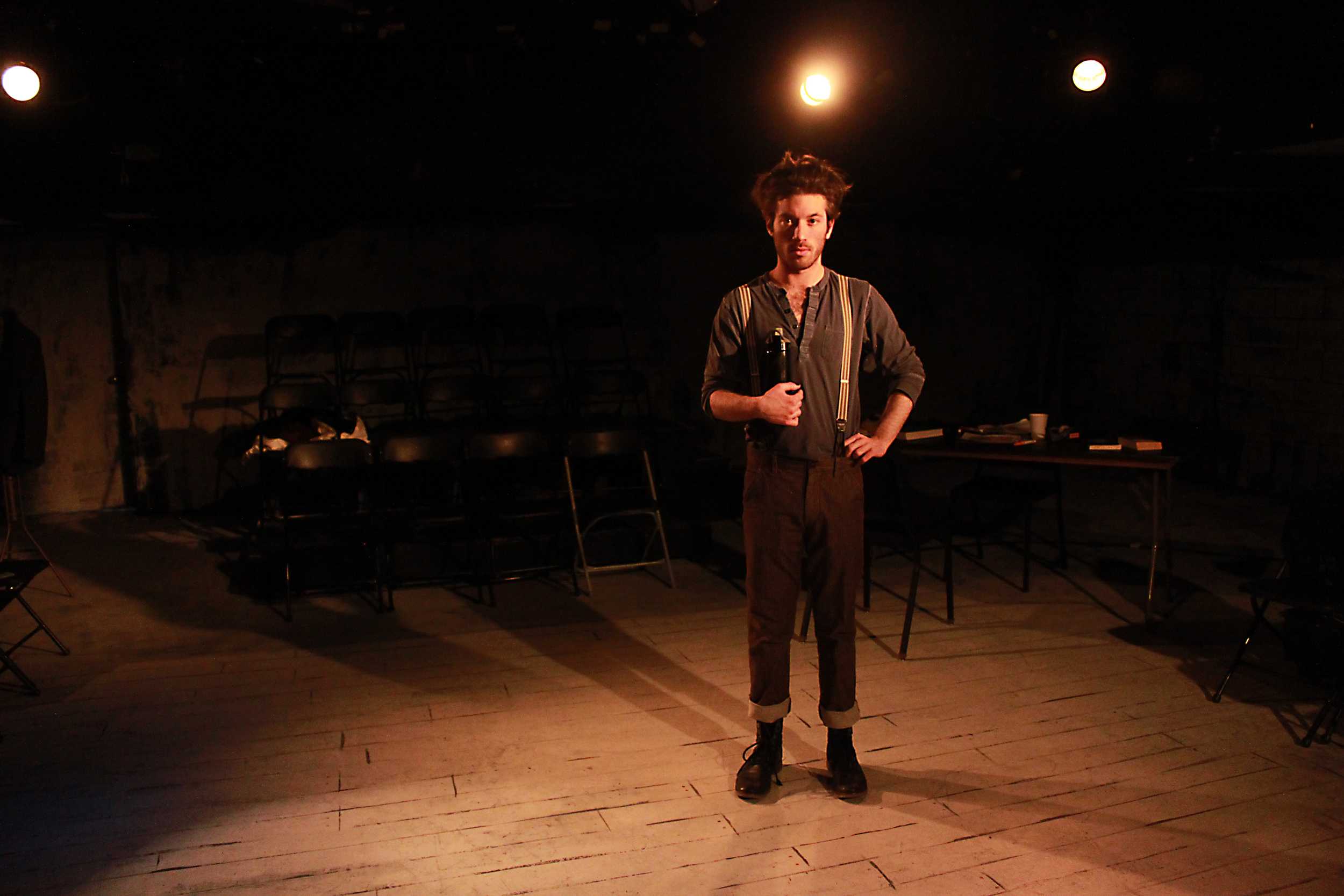
Smart, playful, and absolutely sexy, Venus in Furs opened in Downstage on Thursday, February 27. Written by David Ives, the play premiered Off-Broadway in 2010, on Broadway in 2011, and received two Tony Award nominations (Best Play; Best Actress In a Play). SLC’s adaptation of Venus in Furs, presented by PlayGround, was directed by Collin Bradley ‘15 and featured Alex Emond ‘16 and Montana Lampert-Hoover ‘14.
Venus in Furs is not quite a stage adaptation of the Leopold von Sacher-Masoch novella Venus in Furs, but rather a play about a playwright in the process of auditioning a woman his own adapted version of the play. Set in an old warehouse in modern-day New York City, playwright Thomas Novachek (Emond) has just finished a long day of auditions and is about to leave for home when actress Vanda Jordan (Lampert-Hoover) stumbles in and begs to audition for the leading role of Wanda von Dunayev before Thomas calls it a day. Thomas reluctantly agrees, despite how unprepared she is. Vanda initially does not grasp the concept of the show, dismissing it as “basically S&M porn;” however, Thomas slowly discovers how talented Miss Jordan when the text comes rather naturally to her despite claims of having never perused the script.
Sacher-Masoch’s original Venus in Furs follows the power dynamic in the relationship between Severin von Kushemski and Wanda von Dunayev—a deeply infatuated Kushemski devotes himself as Wanda’s slave, and requests that she treat him as such. Venus in Furs very cleverly integrates the themes of sexism and sadomasochism that are developed in the novella into the play by juxtaposing the personal life of the playwright with the script he had written and the book he worked so hard to adapt.
Montana Lampert-Hoover '14 and Alex Emond '16 convey the power dynamic of Thomas and Vanda's relationship in this scene from Venus in Furs. Photo courtesy Minou Pourshariati
This is most clearly seen through the relationship Thomas has with his fiancée Stacy. Though she is present only through phone calls, it is apparent that Stacy largely influences Thomas’ decisions and actions. She calls quite frequently to check up on Thomas and he always responds sweetly and apologetically. Vanda very easily reads into Thomas’ engagement, accusing him of leading a lackluster—though very safe and secure—love life.
“Venus in Furs is a relentless piece of theatre,” said Bradley. “It tantalizes us with its sex appeal and entangles us in every tense argument. It forces us to reckon with our essential selves, only after it traps us in resignation. We are all easily extricable, what we are not is easily explicable. It is an innately sexual experience, but don’t be fooled.”
The audience learns more about Thomas as the play progresses, yet Vanda becomes more mysterious. She grows increasingly more seductive and coy, tempting Thomas. Her power over him grows until Thomas finally submits to her, finding himself handcuffed to a pipe in a corner of the warehouse. It is implied that Vanda is in fact the goddess of love Aphrodite herself, come to taunt Thomas for his work.
A humorous show that manages to address heavy, even taboo subjects and shifts between fiction and reality demands a couple of strong and versatile actors. The leading actors delivered in this regard. “Montana and Alex tackle these unbelievable characters with a committed, passionate, and energetic athleticism,” Bradley commented on their performances.
Emond is able to play hard and demanding when directing Vanda through the audition, and soft and submissive when answering phone calls from his fiancée. Lampert-Hoover is able to switch smoothly between formal and informal speech, refined and unrefined behavior. One minute, she’s speaking colloquially and spewing vulgarities with her legs wide open; the next, she’s using a much more sophisticated vocabulary with her back straightened.
The play reveals how power affects all relationships. “Venus in Furs extends the roles of submission and domination beyond the sexual, and into every human sphere. What drives our passions forward? Understand there’s something out there more powerful than we are, and it can run us or it can ruin us,” said Bradley.
by Sienna Aczon '17
saczon@gm.slc.edu
